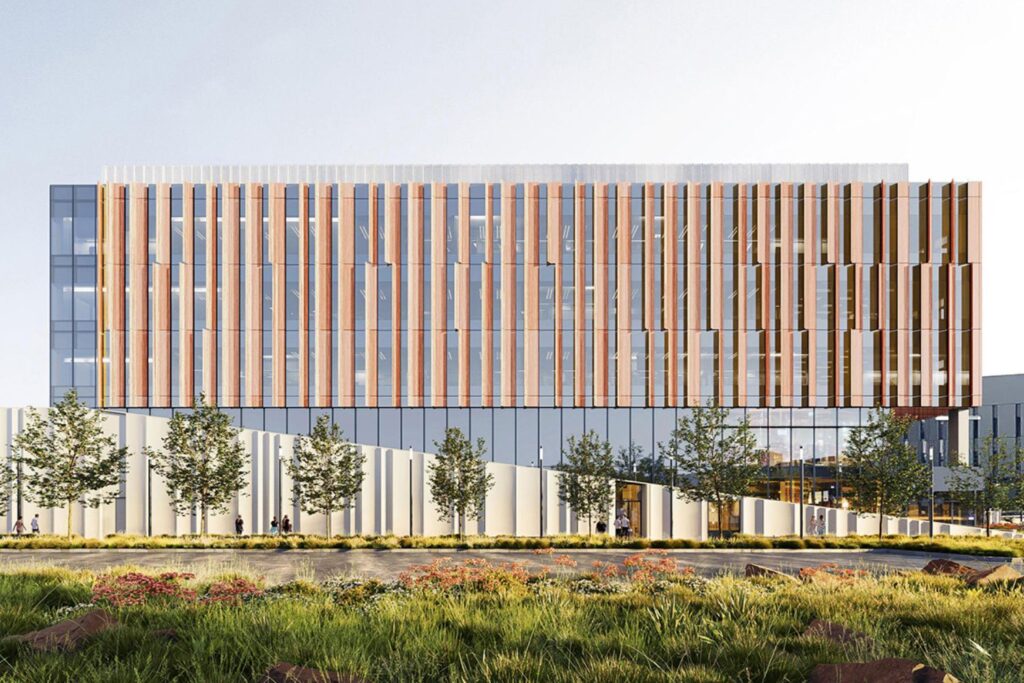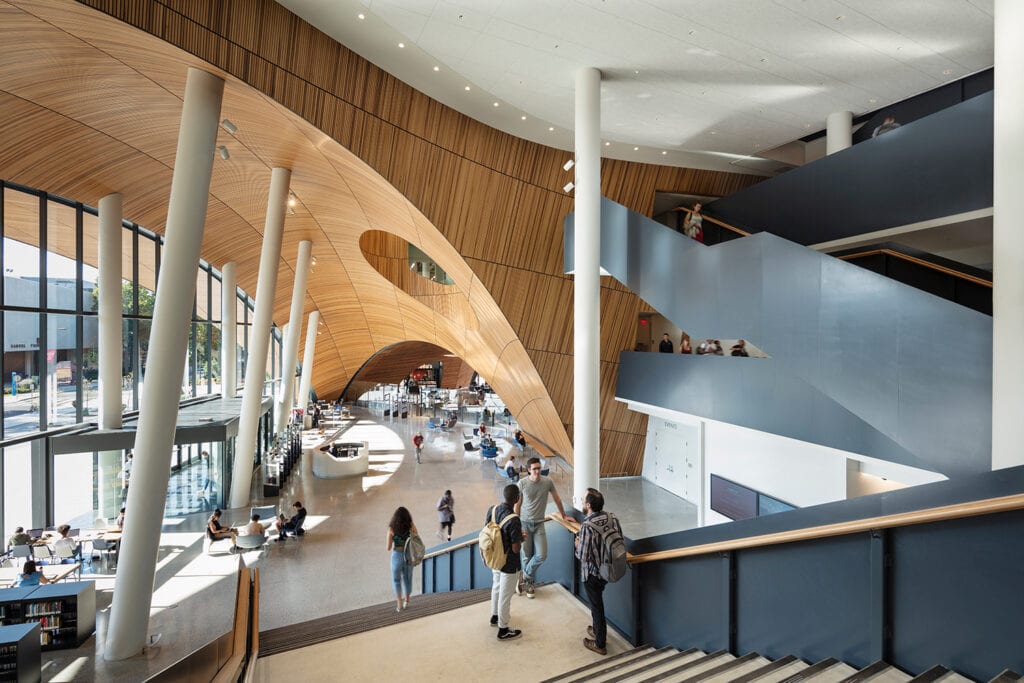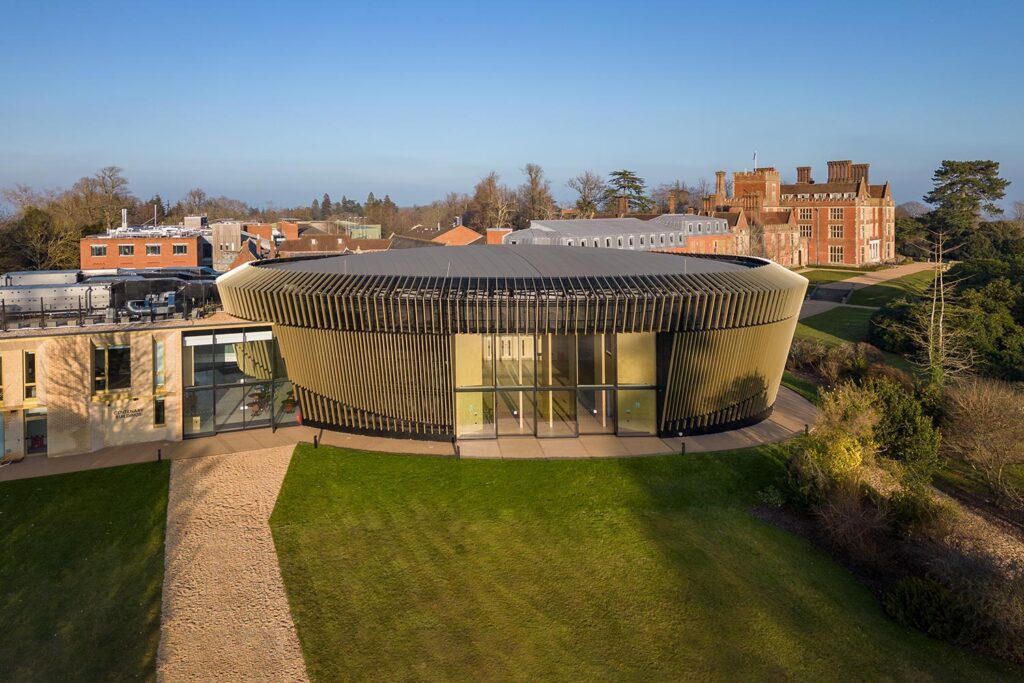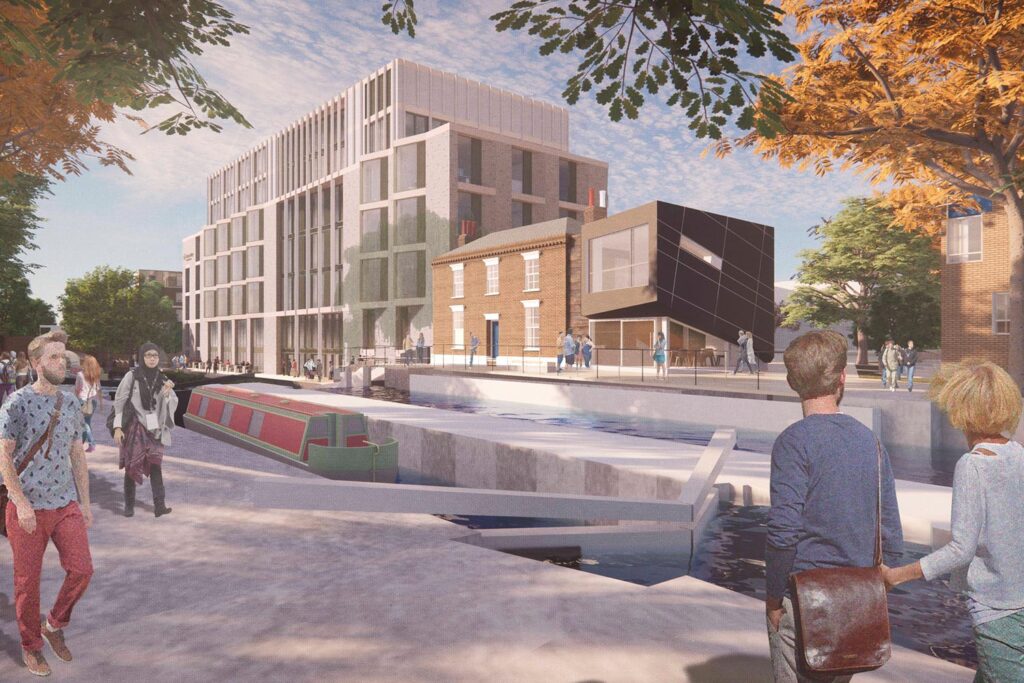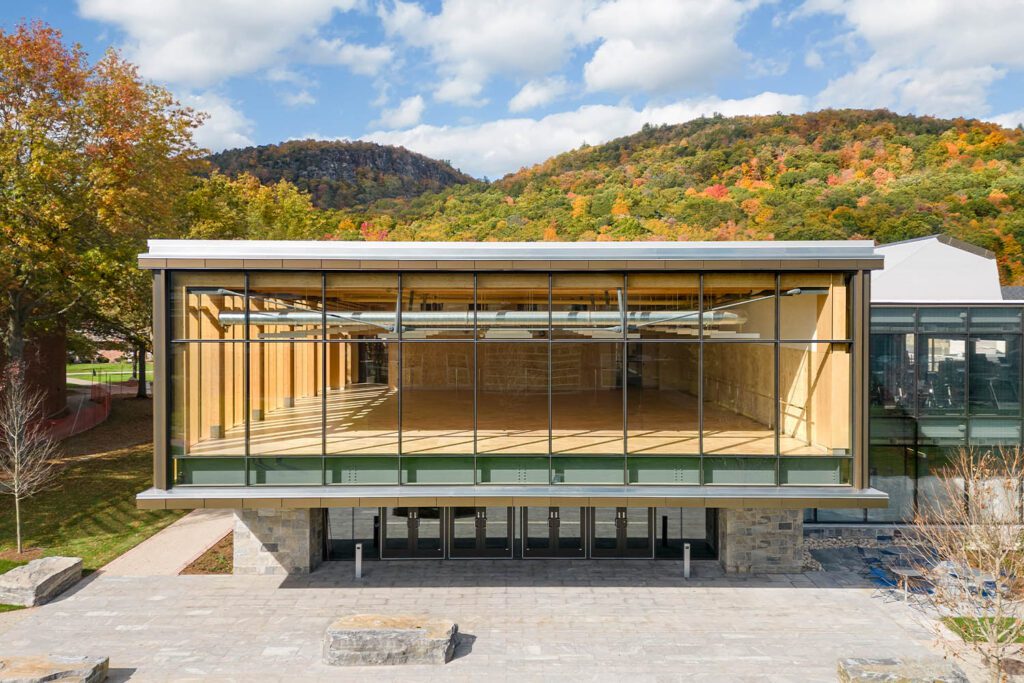Retrofitting campus infrastructure for the future
Campus operations underpin the core business function of an institution. In many cases, they have been under-ranked as a risk to business continuity and, consequently, suffered from a lack of investment.
Many institutional campuses are suffering from aging utilities and assets that are under increasing stress due to expansion, the need for decarbonisation, changing regulations and climate change. They are also affected by requirements for improved visibility, management and resilience.
The higher education sector has seen rapid expansion over the last few years. There is a continued forward plan of projects, all of which – potentially – require more power, heat, cooling, water, drainage and communication connectivity.
The tendency has been to patch up existing infrastructure assets. However, this reactive approach can create an infrastructure system of increasing complexity and decreased manageability.

While existing as a single entity, a university is multi-faceted and the need to simply keep the heat and lights on is no longer a sole priority for estate management teams. Some drivers are clear with quantitative metrics targets to aim for, such as energy efficiency, carbon reduction and cost efficiency. Other equally important drivers – including branding, raising the profile of the institution, research credibility, responsible investment, attracting students, staff attainment and climate change resilience – are, however, difficult to define and normalise.

With so many competing drivers and metrics within a university there is a compelling need to develop a strategic infrastructure plan that is grounded in reality while meeting the outward-facing aspirations of the organisation. With expansion, maintaining the status quo in terms of carbon emissions and operational costs can prove demanding – if not impossible – without a radical plan of action.
Over the last 10 years, there has been a tailwind of quick wins including decarbonisation of the grid and a rolling programme of SALIX funding to support short payback modifications. The next 30 years look set to be more challenging and, in many instances, will require a step change in infrastructure development and management.
Buro Happold has worked with a number of universities. We have discerned seven critical aspects of any strategic infrastructure plan:
1. Internal and external stakeholder consultation is key to win hearts and minds.
2. Do not ignore existing buildings – demand reduction and efficiency before generation.
3. Utilisation – are existing buildings being used efficiently?
4. Recording assets accurately – using BIM for infrastructure, GIS and appropriate utility survey techniques to de-risk future activities.
5. Technology viability will change over time – make systems agnostic to change where possible
6. Repurposing is sometimes feasible but can be a red herring – necessity to accurately reflect medium- and long-term O&M costs, risk and resilience.
7. Coordinate building design, replacement and refurbishment with long-term version – build, refurbish and upgrade with the future in mind.
Bringing together buildings and cities disciplines with historical experience in different sectors, Buro Happold is ideally placed to work in this field. We have a highly skilled team offering dedicated energy expertise, MEP, asset management, infrastructure engineers and complementary consultancy including Acoustics, Water, Environment, Fire, Economics and GIS. We have developed interactive tools developed for technical assessment that can be used with clients in a workshop environment. Buro Happold has also invested in researching wider criteria such as wellbeing and mental health. We can draw upon a range of projects for best practice, not only throughout the UK but also from the US, Europe and further afield.
We believe that taking a multi-vector approach to assess, plan and deliver campus infrastructure can give estates control of assets while providing power and visibility to intelligently invest in supporting the campus of the future.
Written by:
Dr James Dickinson and Bill Wilson
